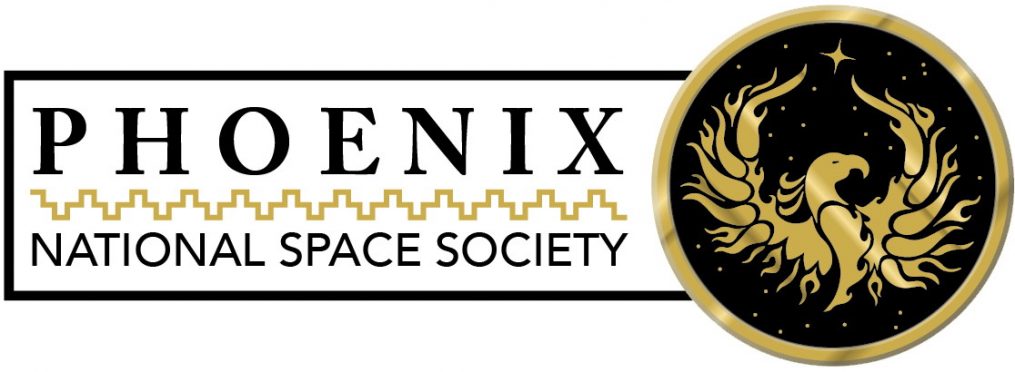As most of you may know, lava tubes exist on the Moon and Mars (and Arizona!) and have been proposed as habitat locations for future off planet settlements. To get an idea of what these lava tube caves look like, the Phoenix chapters of the Moon Society and NSS are joining up with the local chapter of the American Institute of Aeronautics and Astronautics (AIAA – an engineering society) for a field trip to the cave near Flagstaff.
Lunar lava tubes are sub-surface tunnels on the Moon that are believed to have formed during basaltic lava flows. When the surface of a lava tube cools, it forms a hardened lid that contains the ongoing lava flow beneath the surface in a conduit-shaped passage. Once the flow of lava diminishes, the tunnel may become drained, forming a hollow void. Lunar lava tubes may potentially serve a role as enclosures for manned habitats. These natural tunnels provide protection from cosmic ray radiation,meteorites, micrometeorites, and other impacts. They are shielded from the variations in temperature at the lunar surface, which would provide a stable environment for inhabitants.
Location: About 14 miles north of Flagstaff on paved highways and graveled Forest Roads.
Access: Drive 9 miles north of Flag
staff on US 180 and turn west (left) on FR 245 (at milepost 230). Continue 3 miles to FR171 and turn south 1 mile to where FR 171B turns left a short distance to Lava River Cave.
Please remember to bring flashlight, closed hard-soles shoes, water, warm clothes (cave can by 35-45 degrees year round). If you want to carpool we can meet at the Happy Valley Park-and-Ride (24725 N. 29th Ave) at 7:00 AM











You must be logged in to post a comment.